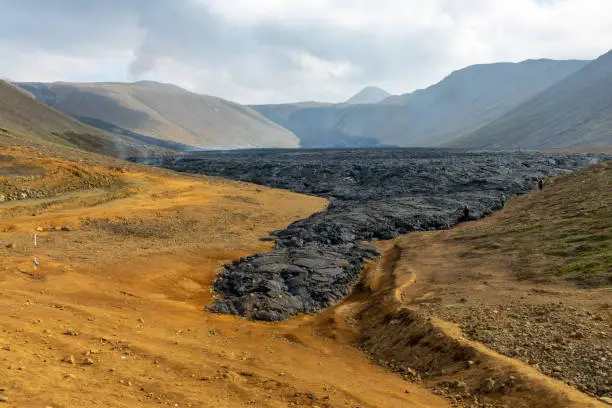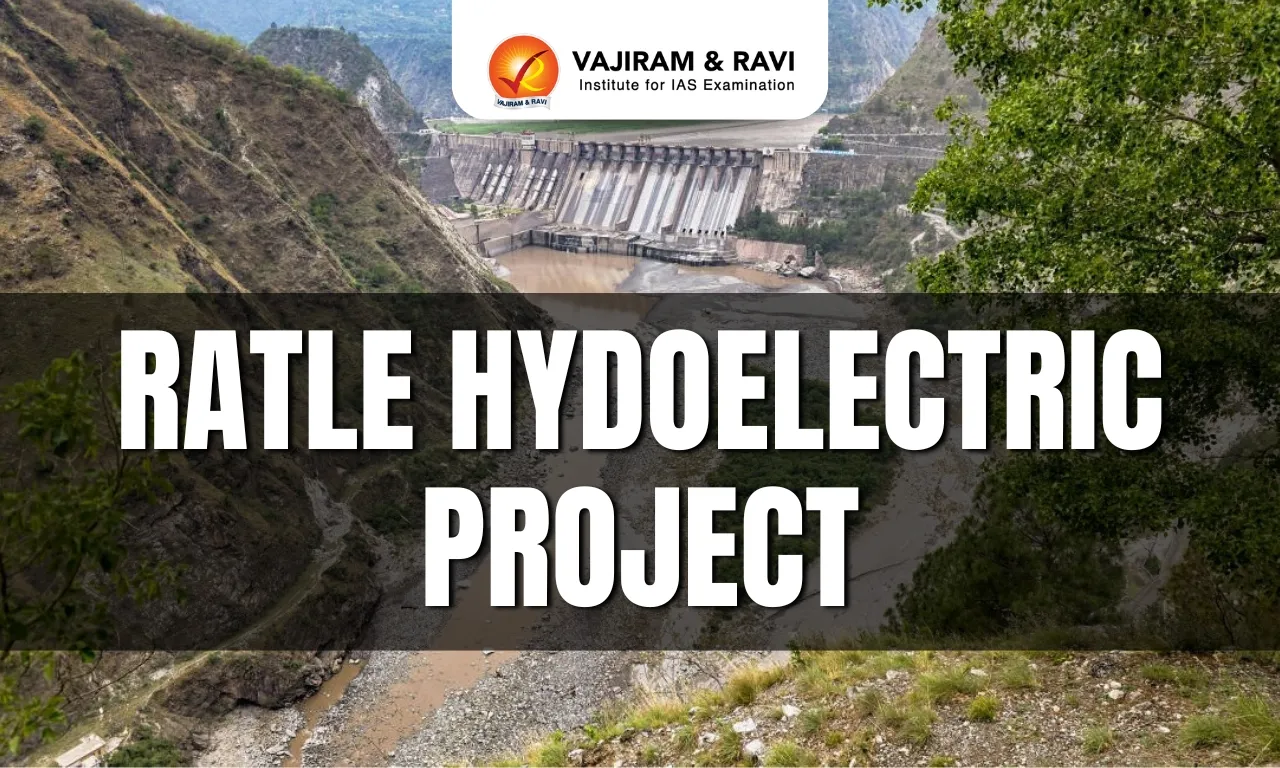About Cold Lava:
- Called “lahar” in Indonesian, cold lava is a phenomenon that occurs when rain mixes with volcanic materials like ash, sand, and pebbles.
- The mixture forms a concrete-like substance that destroys everything in its path.
- Rain can carry cold lava down the slopes of a volcano during an eruption and into the paths of nearby towns or villages.
- Unlike traditional lava flows, which move slowly and give residents time to evacuate, cold lava can advance rapidly, at a speed of hundreds of kilometres per hour, and spread as far away as 60 km from the volcano.
- One of the defining characteristics of cold lava is its ability to pick up additional debris and sediment as it travels downhill.
- This mixture can rapidly increase in volume and destructive potential, transforming from a relatively innocuous flow into a powerful force.
- It is considered more destructive and deadlier compared to regular lava flows.
- Its high density and abrasive nature mean that it can cause significant damage to buildings, bridges, and roads, posing a serious threat to human life and property.
- Cold lava remains hot internally due to chemical reactions within the volcanic material, but its external appearance and behaviour are more akin to wet concrete.
- While it is commonly associated with volcanic eruptions, lahars can also occur when no eruption takes place.
Sometimes, heavy rainfall or snowfall can easily erode and transport fine-grained, loose volcanic sediment and form a slurry, especially if vegetation has not had time to grow back on recent volcanic deposits.
Q1: What is Lava?
Lava is hot, liquefied rock that flows from a volcano or other opening in the surface of Earth. When the liquid rock is still underground it is known as magma. Igneous rock is formed when lava cools and hardens.
Source: Video Shows Rivers Of Cold Lava After Volcanic Eruption In Philippines
Last updated on December, 2025
→ Check out the latest UPSC Syllabus 2026 here.
→ Join Vajiram & Ravi’s Interview Guidance Programme for expert help to crack your final UPSC stage.
→ UPSC Mains Result 2025 is now out.
→ UPSC Notification 2026 is scheduled to be released on January 14, 2026.
→ UPSC Calendar 2026 is released on 15th May, 2025.
→ The UPSC Vacancy 2025 were released 1129, out of which 979 were for UPSC CSE and remaining 150 are for UPSC IFoS.
→ UPSC Prelims 2026 will be conducted on 24th May, 2026 & UPSC Mains 2026 will be conducted on 21st August 2026.
→ The UPSC Selection Process is of 3 stages-Prelims, Mains and Interview.
→ UPSC Result 2024 is released with latest UPSC Marksheet 2024. Check Now!
→ UPSC Prelims Result 2025 is out now for the CSE held on 25 May 2025.
→ UPSC Toppers List 2024 is released now. Shakti Dubey is UPSC AIR 1 2024 Topper.
→ UPSC Prelims Question Paper 2025 and Unofficial Prelims Answer Key 2025 are available now.
→ UPSC Mains Question Paper 2025 is out for Essay, GS 1, 2, 3 & GS 4.
→ UPSC Mains Indian Language Question Paper 2025 is now out.
→ UPSC Mains Optional Question Paper 2025 is now out.
→ Also check Best IAS Coaching in Delhi

















